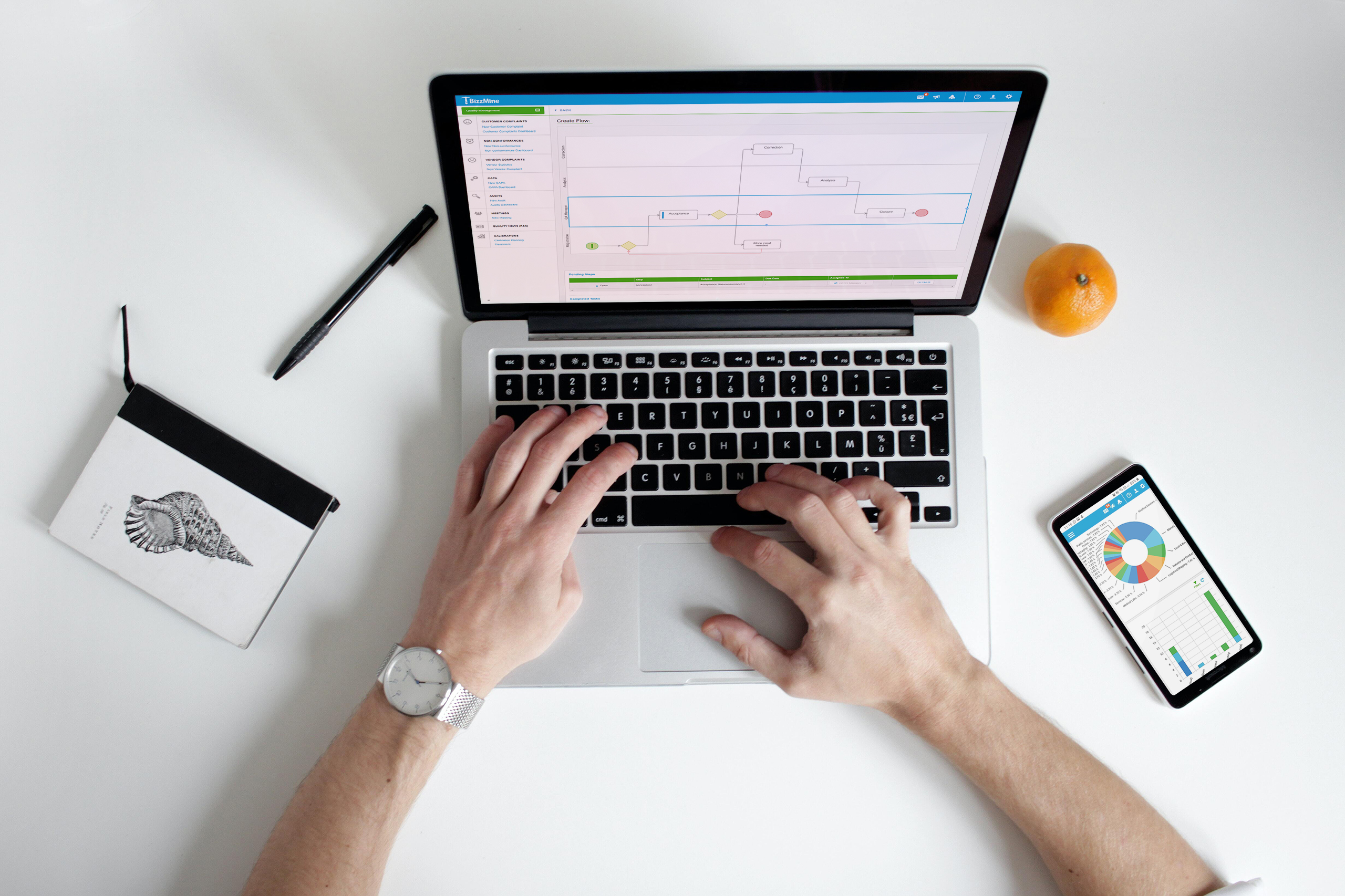| IN THIS ARTICLE |
1. eQMS flexibility
Businesses may implement a quality process like CAPA (Corrective Action Preventative Action) into their eQMS software and this process may look different from one business to another, even if they belong to the same sector. The ability to customize the workflow, fields, layouts to adapt to the behaviour of the business ensures a smooth implementation. With the process been changed to work inline with users expectations based on their current process reduces the fear of change and allows them to see the benefits.
It is important that these changes to the workflow can be easily made without days of administrator training and the process owners should feel comfortable to make these changes without the need of the software vendor.
A process today may not be the correct process for tomorrow. The aim of having a quality management system is to identify and make an improvement to the processes without being locked in by the software and its vendor.
2. Quality driven dashboards
You have all seen the scene when at the end of the month is approaching or before a quality meeting, the quality manager is pulling information from loads of different spreadsheets, creating pivot charts and fancy graphs & frantically emailing colleagues to complete tasks, just so they can spend next few days compiling a PowerPoint or report on the quality management system.
It shouldn’t be like this when the quality manager logs onto the system. A dashboard should be front and centre with all the key attributes. Below are just to name a few.
- How many non-conformances are raised?
- What is the most comment fault category?
- What is the most comment cause category?
- How many actions (CAPA’s) have passed their deadlines?
- When is the next internal audit?
- How is bob getting on with the calibration of the weighing scales?
Pre-sets dashboards collating all the required info into a live environment is key to understand the issues happening in all departments as it happens and responding effectively with corrective actions to make the business stays within it quality parameters.
Dashboards should be easily created and the ability to assign certain dashboard to different job functions so they can see the information that is relevant for their role and reduce information overload.
3. Task automation and follow-through
Most systems provide a task notification mechanism, which is typically an internal task via the system and email notice. When you need to perform a task, the task notifies you.
Deadlines and reminders are also a very crucial part of making sure the ISO quality management system is run efficiently as possible. A Quality Manager shouldn’t need to chase actions or CAPA’s but often many hours are spent doing so. The system should give a time frame to complete the task, remind the user before the deadline just in case they missed it, remind them on the deadline, remind them after the deadline and then escalate to a manager or their manager that a task has not been completed. How aggressive these deadlines are, how many reminders should be in place before escalation should be the choice of the quality manager or management. Without the tasks been completed to fully undermines the whole purpose of an ISO quality management system.
More advanced notification functionality should be available that allows notifications to go to users based on logic. So if an issue is related to quality it will go to the quality manager if it related to a product then it will go the product manager of that product.
Other examples might include:
- Top 5 customer complaint generates a cc notification to management.
- Rejected change request notifies the initiator of the change
- Health and Safety issues are sent to the Health and Safety Manager
4. Security and traceability
Depending on the standards you the following whether it is ISO, FDA, GMP will determine the amount of traceability and security that is required.
I won’t talk about logins as this is pretty basic and obvious but there should be 2 types of authentication. Such as username & passwords (This is one type), mobile authentication, email authentication, biometrics. If you in the pharmaceutical industry or medical devices industry it’s worth checking to see if the software complies with 21 CFR Part 11A.
This ensures that the system has the capability of digital signatures to the required standard.
The software should be able to track who has completed an action, the time of action and a description of the action. These logs should be accessible by an administrator or a process owner.
When you have important tasks like final sign-off or implementation go request on a change process than a digital signature using one of the above methods should take place.
5. Out of the box processes with the eQMS
This combined with flexibility mentioned earlier is a real game-changer, businesses do not want to spend weeks mapping out their processes into a new software they may have spent this kind of work when they did their ERP system.
They can take a solution that is out of the box and has most of the processes they need, they then tweak them for their individual needs they can do this themselves or with the software vendor.
It’s worth noting in advance what processes are important to you is it:
- Document Control
- Audits
- Change Control
- Calibration
- CAPA
- Non Conformance
and many more
These processes should be easily changeable to the company requirements.
%20(1).webp?width=2000&name=two-happy-businessman-working-laptop%20(3)%20(1).webp)



